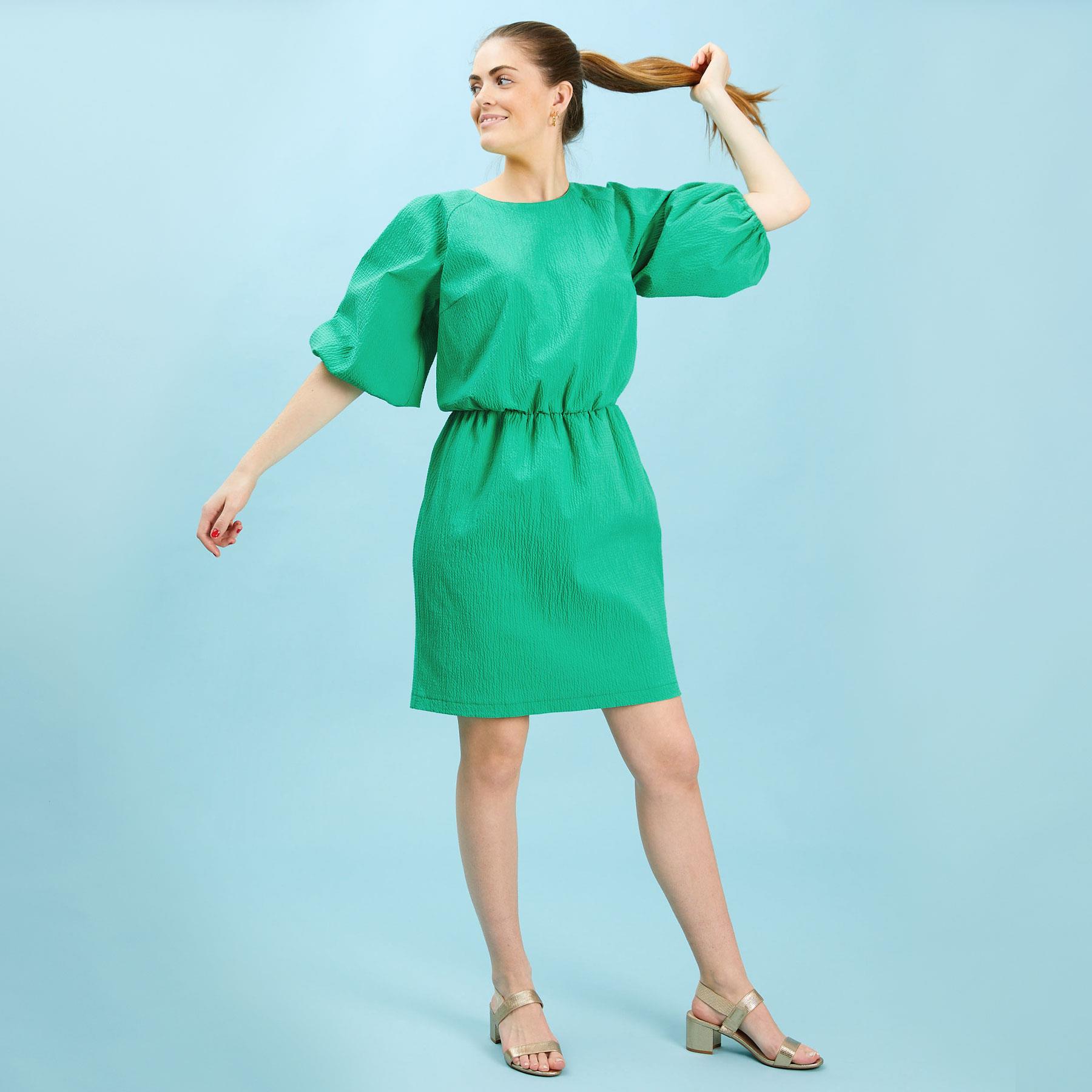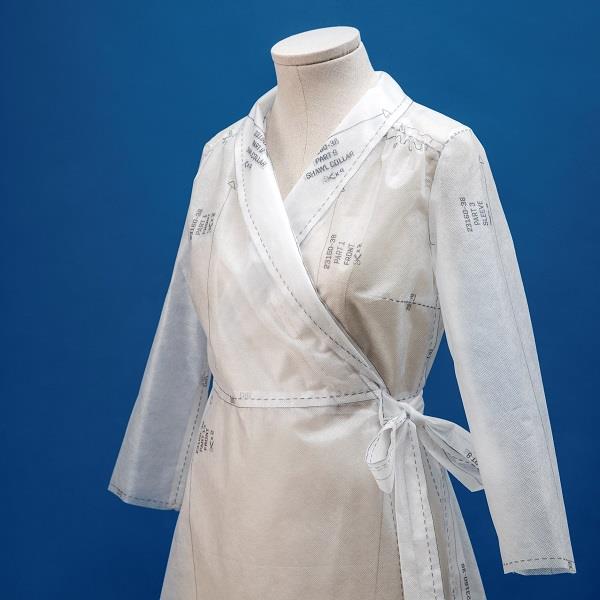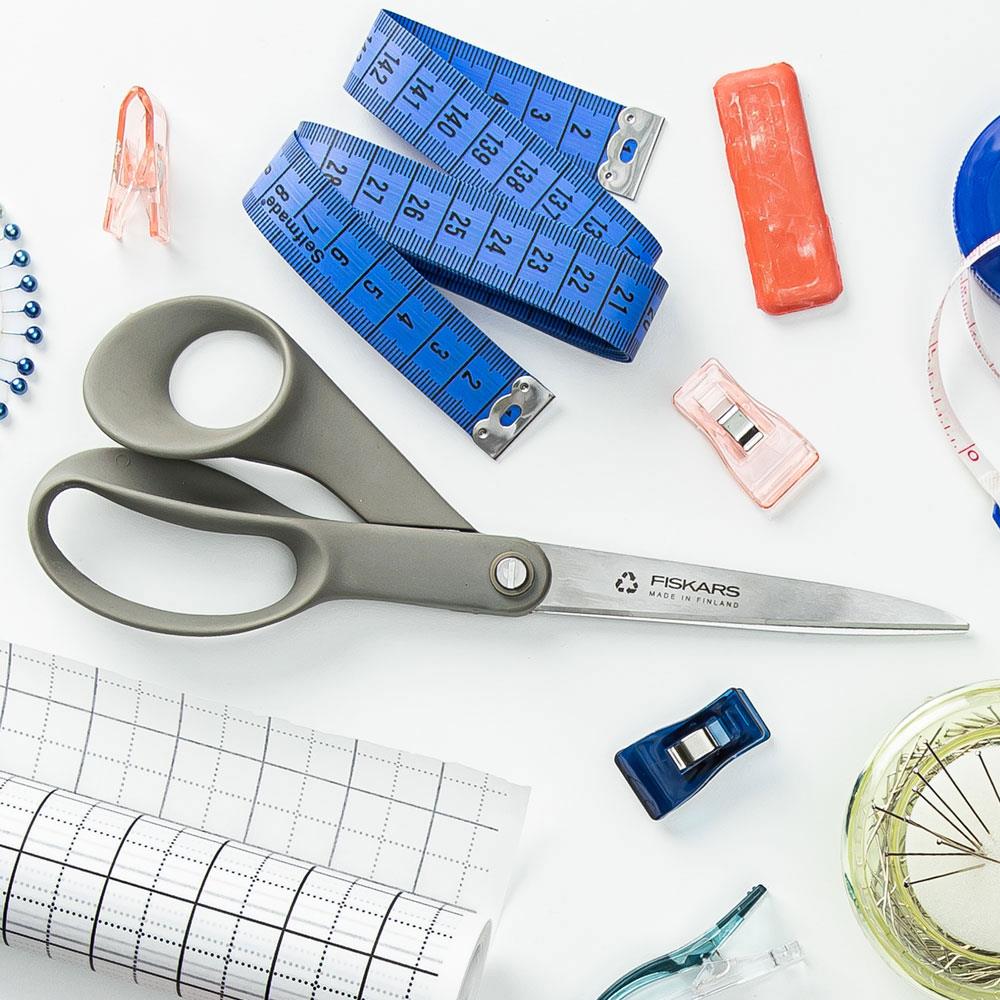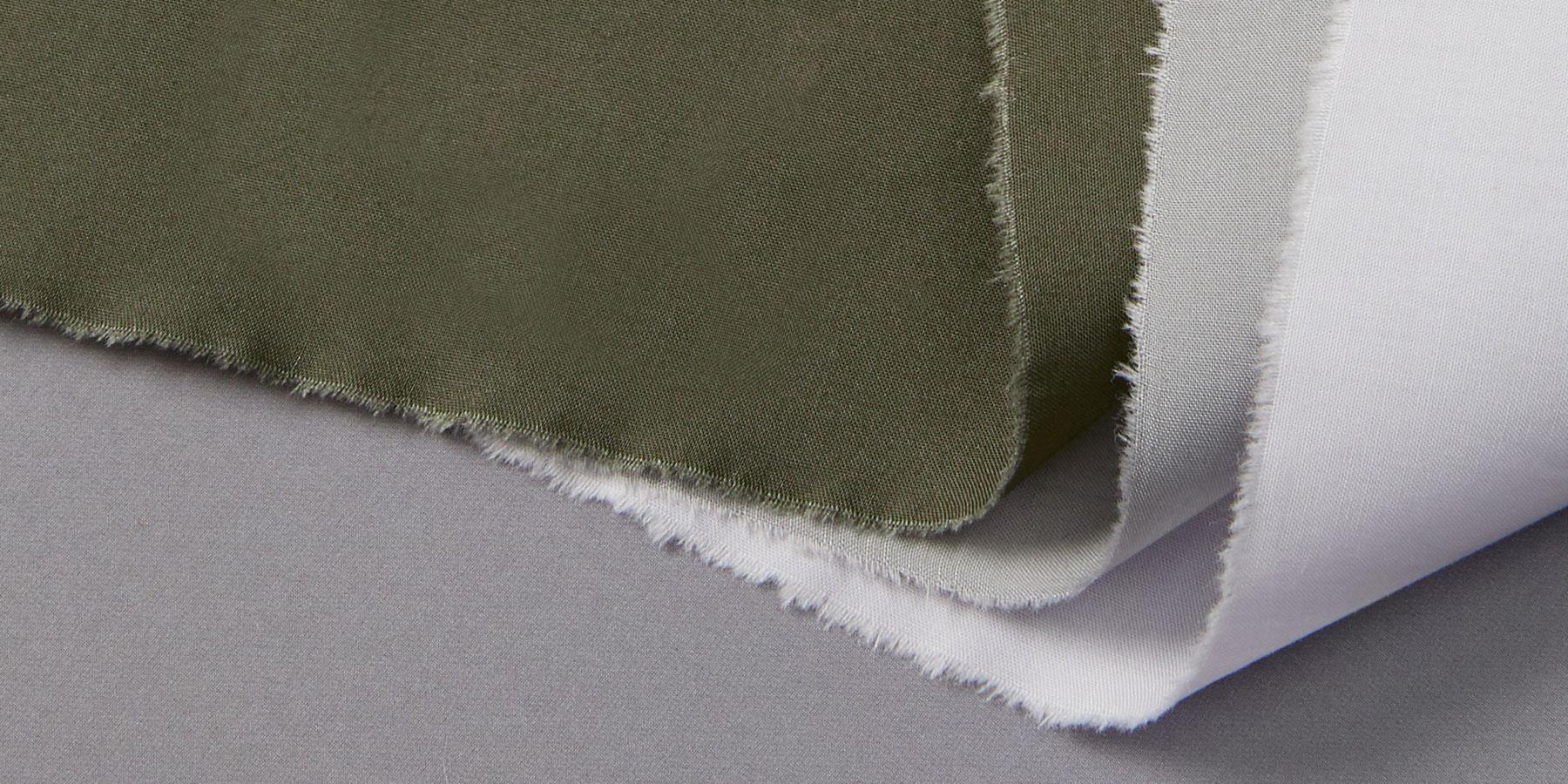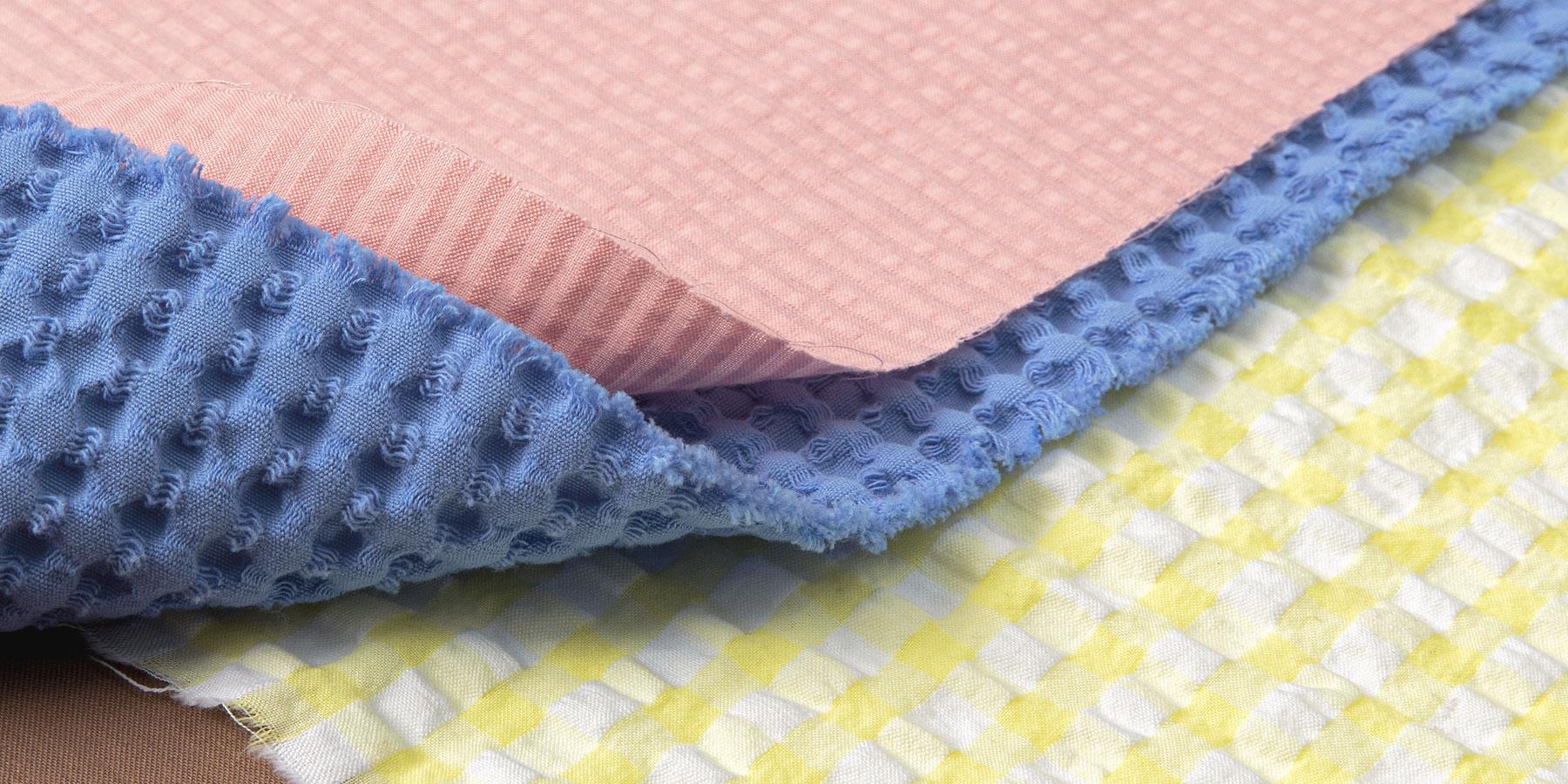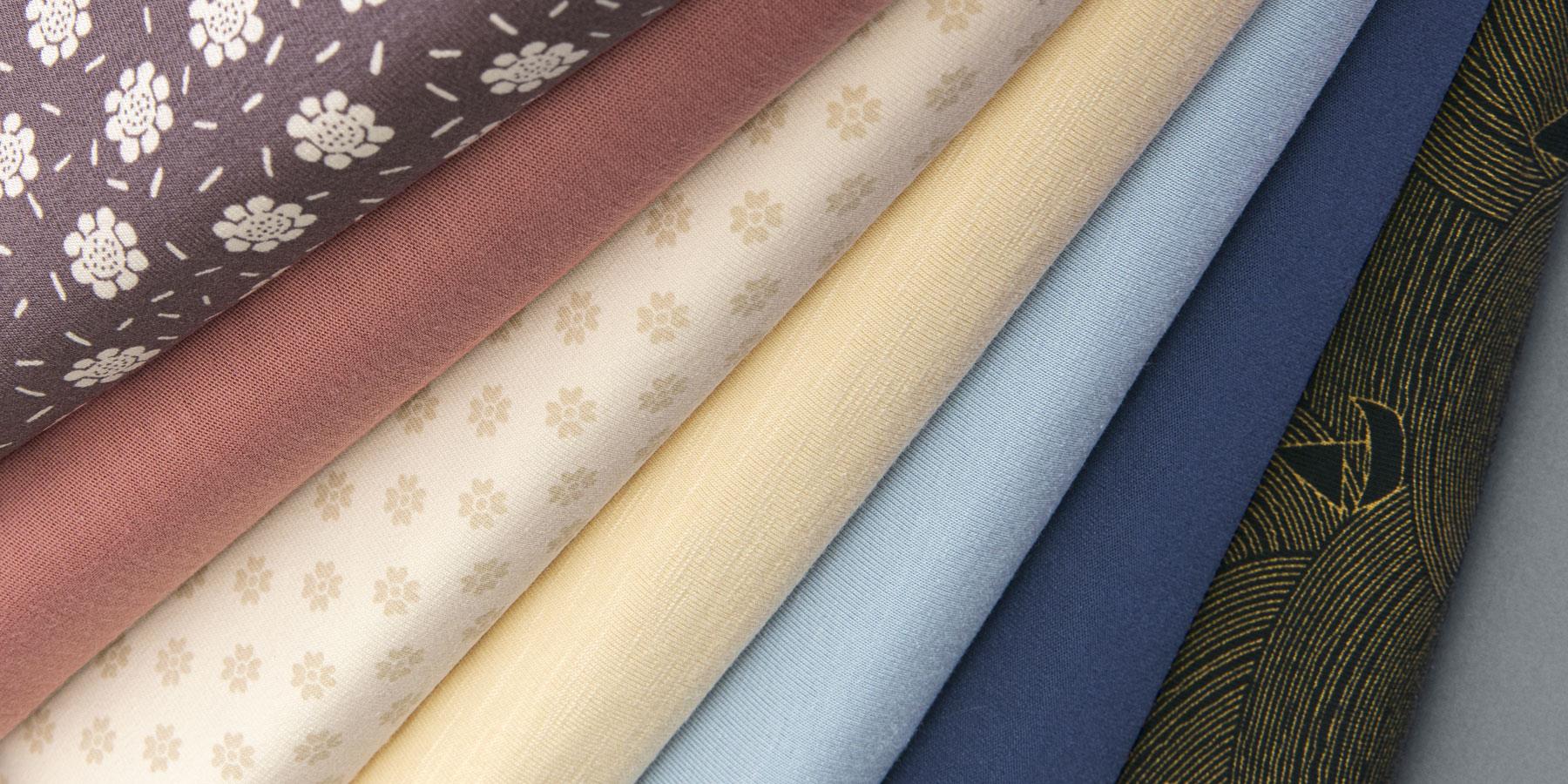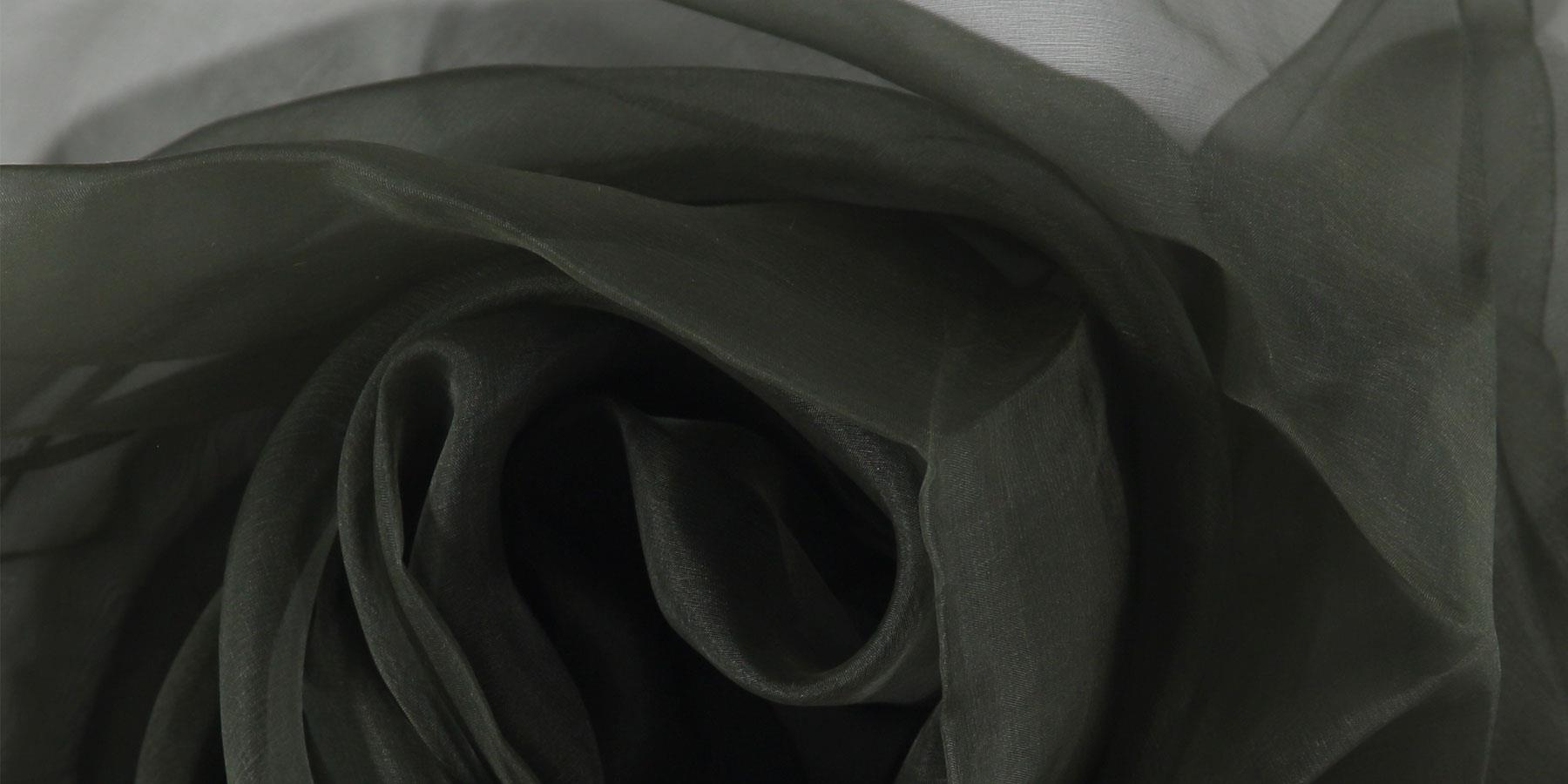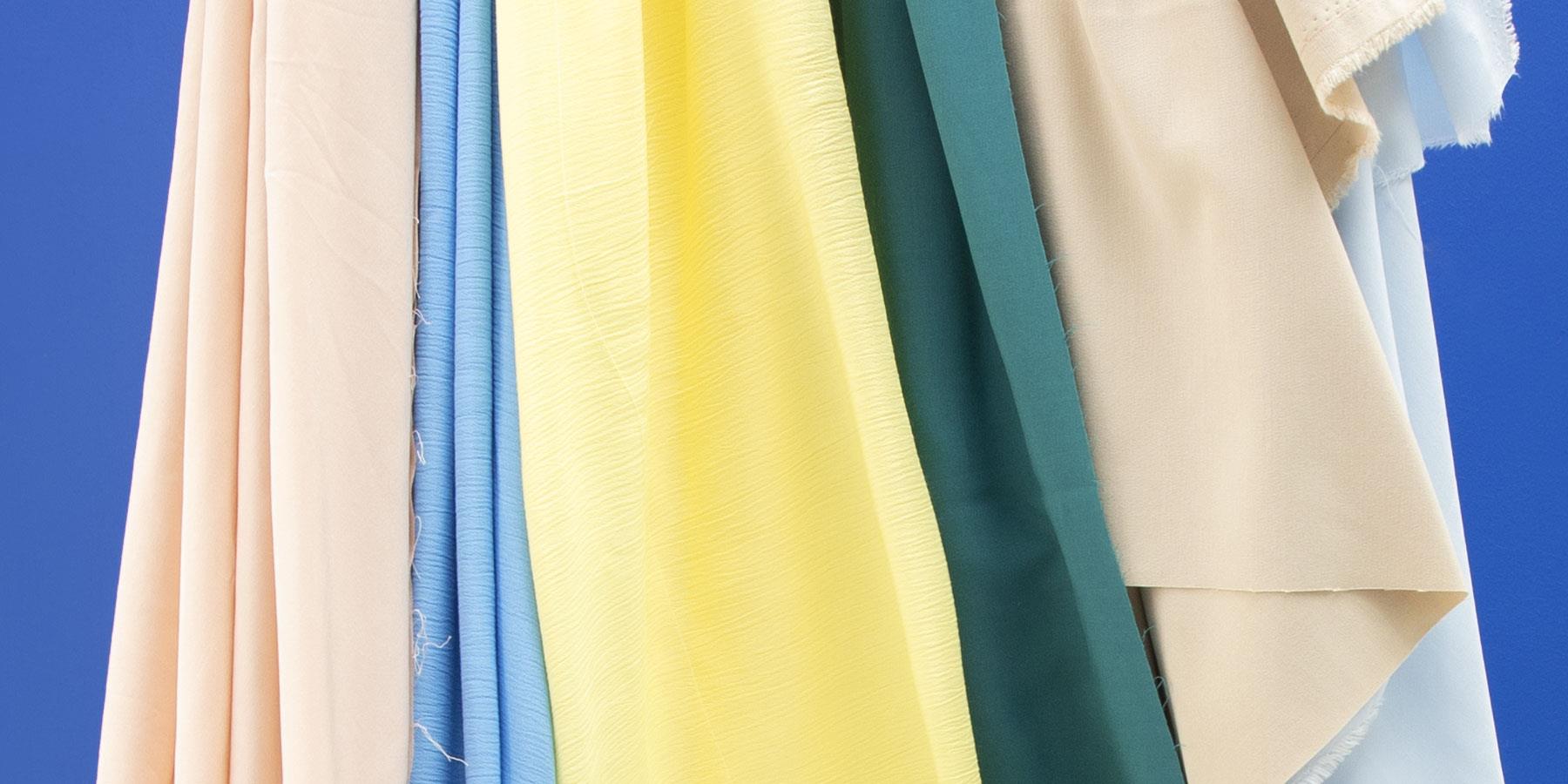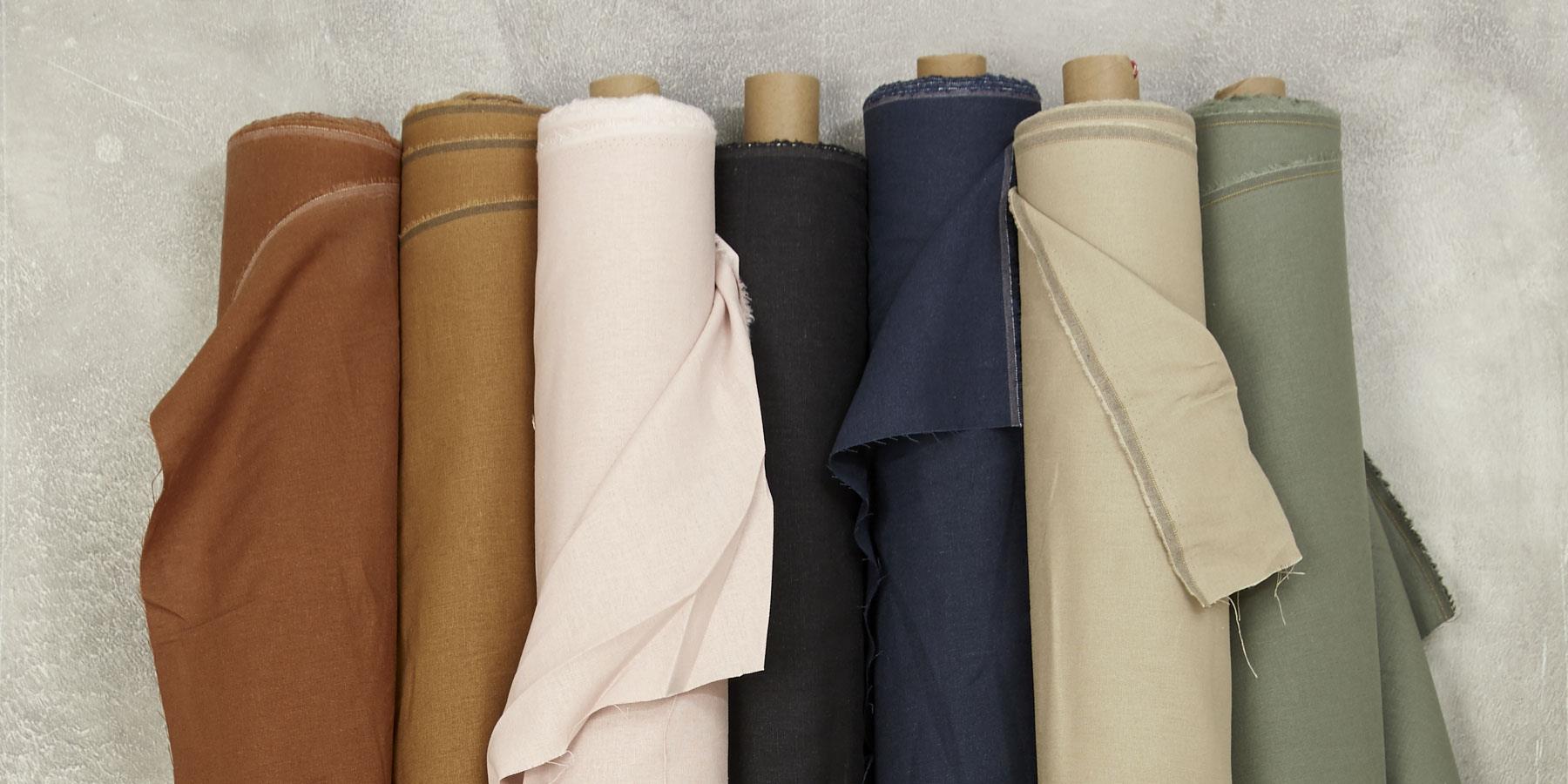Do you dream of sewing your own dress?
One that is unique, fits well and has a look to suit your taste? But as a novice you might look at a DIY dress as being a slightly confusing project?
Don't worry - we've created the ultimate beginner's guide for you!
Shop fabrics for dresses
We have gathered the best fabrics suited for dresses. Explore the different options and choose the right fabric for your sewing project!
Shop patterns for dresses
Discover our entire range of sewing patterns for dresses! Choose from the most beautiful designs and create the dress of your dreams.
Shop haberdashery
We've got you covered whether you need needles, sewing thread, fabric shears, dress forms, piping, buttons, trimmings, or anything else!
1: Choose the right fabric for your dress
- How get started with sewing a dress
- Choose the right fabric for your dress
- Why you should use interlinings for your sew-it-yourself dress
2: Choose the right sewing pattern for your dress
- What type of dresses can I sew?
- Sewing patterns for fabrics with or without stretch
- Will I need extra fabric?
- What size should I choose when sewing my own dress?
- Which cut should I choose?
4: More inspiration, free pattern adaptations and sewing techniques
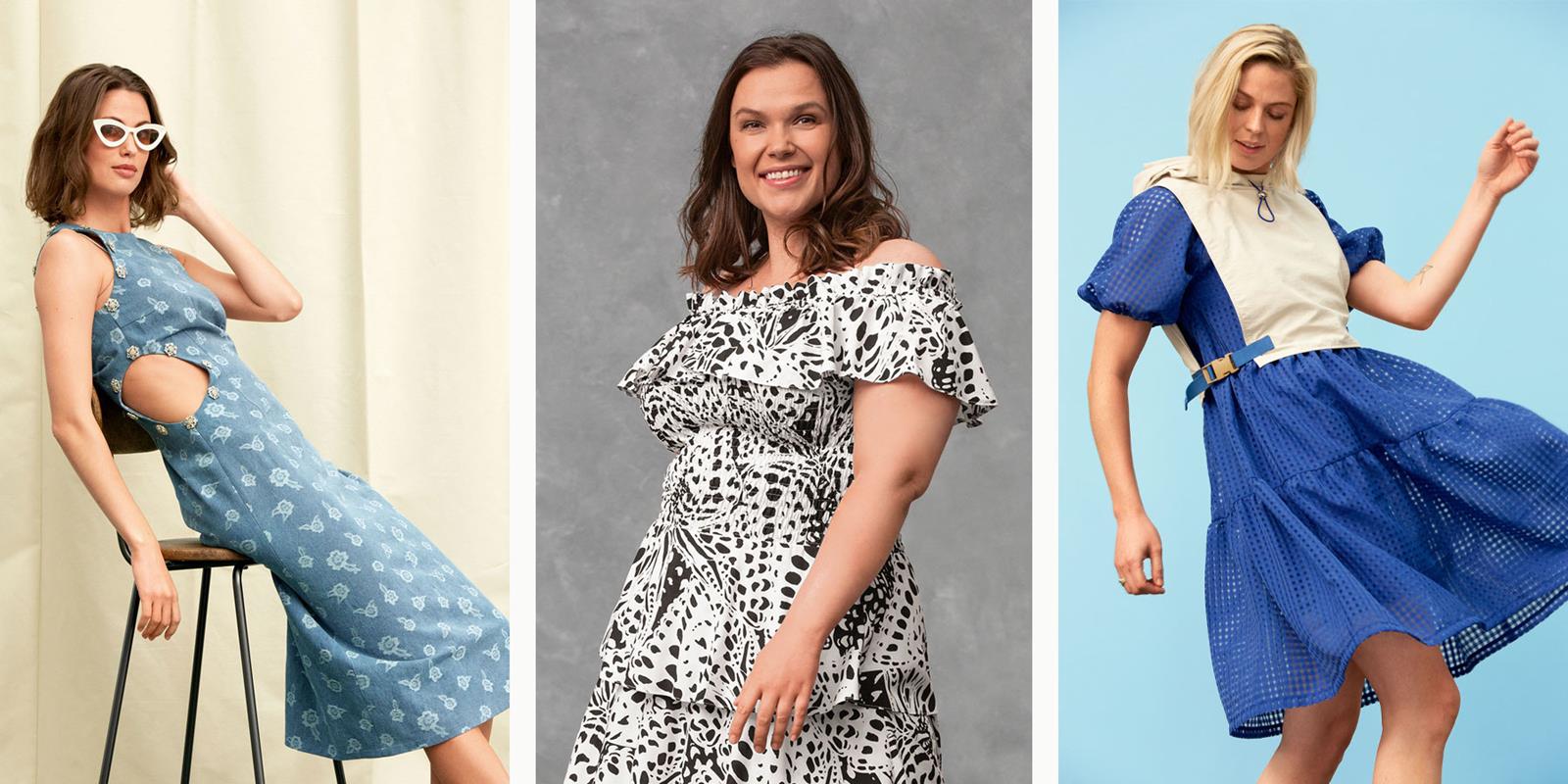
Choose the right fabric for your dress
How get started with sewing a dress
It’s up to up to you whether you choose the fabric or sewing pattern first.
However, there are a number of things worth considering when selecting fabric for your DIY dress:
- Does the fabric drape nicely?
Some fabrics have nicer draping properties than others. This will have a bearing on the result.
- Does the fabric curl too much for the type of dress you want to sew?
The dress should not look ridiculous every time you sit down and stand up again.
- Is the fabric stretchable or woven?
This is very important in terms of the sewing pattern you will use (see step 2).
- Is the fabric transparent?
It doesn't matter it the fabric is transparent if it has a good wrinkled effect. However, you have the option to line your dress if you find the fabric too transparent.
Poplin
A comfortable, stable and slightly crisp fabric. This fabric is good for shirt dresses and the like, where a certain firmness is an advantage.
Seersucker
A lightweight, heat regulating and comfortable fabric, which is available in both organic and conventional versions suitable for dresses.
Jersey
A super comfortable fabric with a beautiful drape. Use it for lovely everyday dresses that you like to have on all of the time.
Organza
These glossy, transparent and dimensionally stable qualities are perfect for large, loose dresses with a wide fit.
Woven Viscose
A versatile fabric that lends itself to wide-fitting dresses. It is soft, drapes nicely with its natural heaviness and is available in a number of prints.
All fabrics for dresses
Why you should use interlinings for your sew-it-yourself dress
It is important that you use interlinings in your dress. Interlinings help stabilise neck edges, front edges and collars etc.
This ensures that you can enjoy all of your hard work for a longer period of time.
There are many different kinds of interlinings, both with and without glue. We recommend that you choose a thin and lightweight interlining for your sew-it-yourself dress. You can also use iron-on canvas as an alternative.
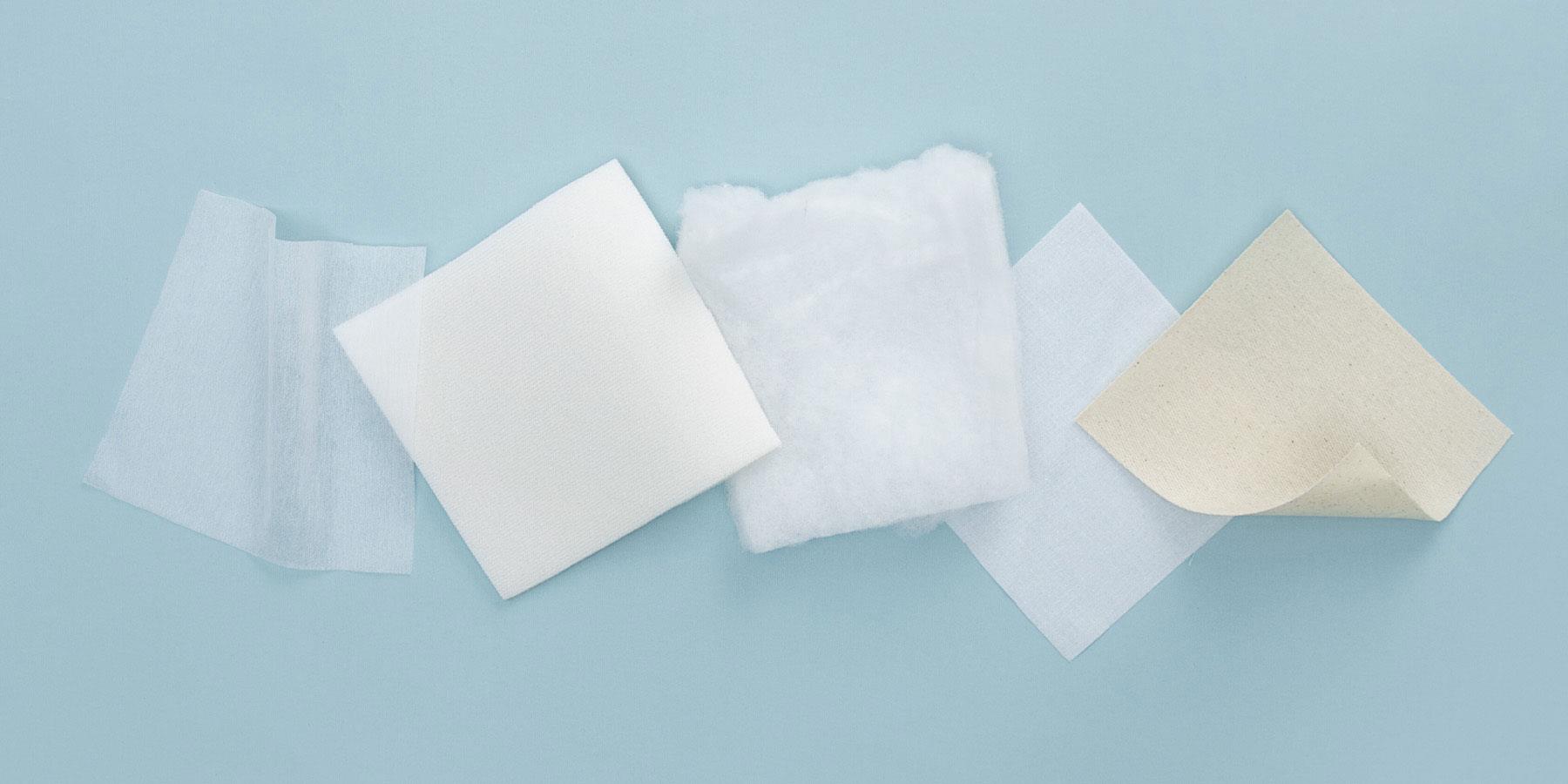
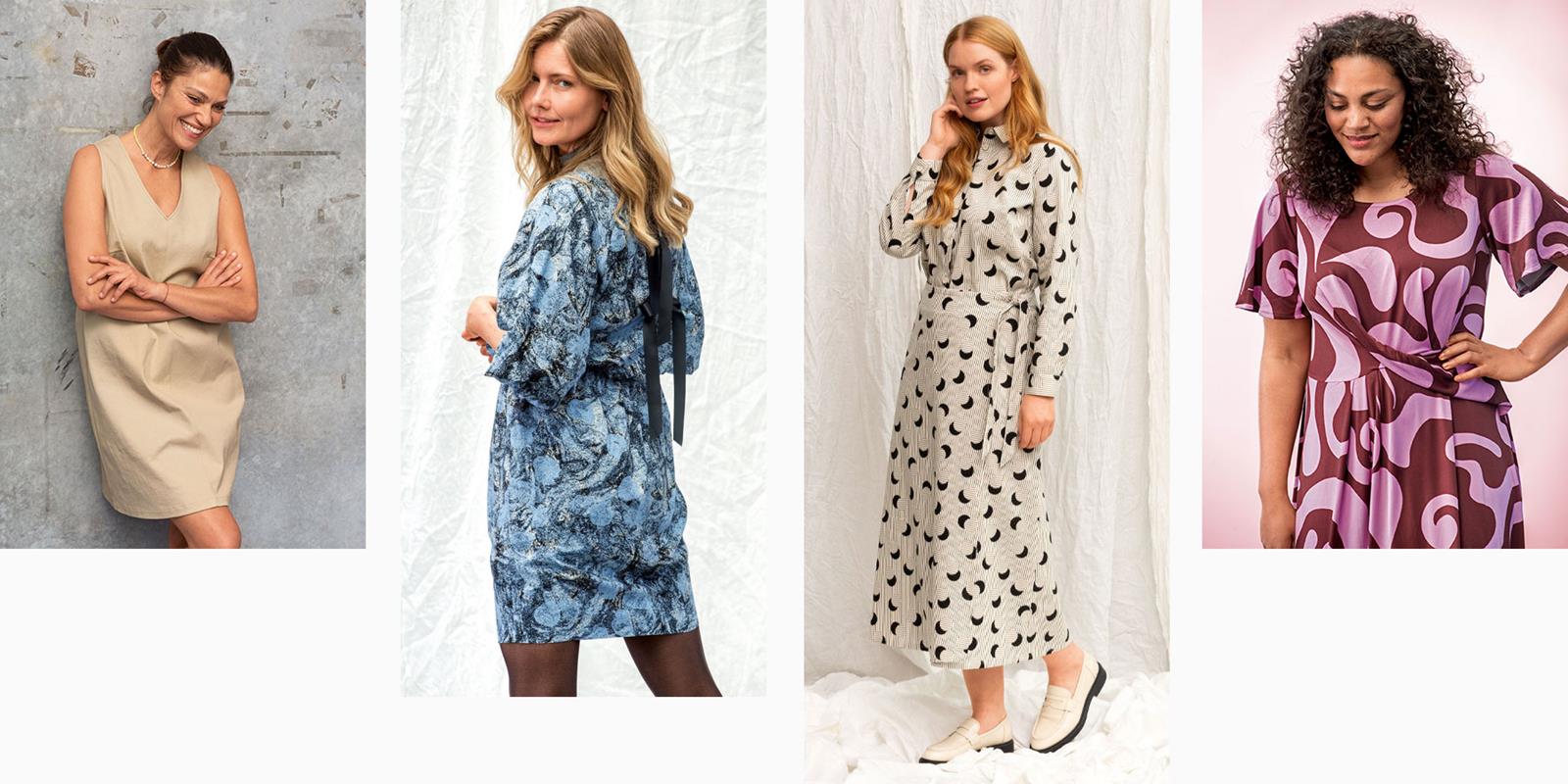
Choose the right sewing pattern for your dress
What type of dresses can I sew?
Not all sewing patterns are equally easy to work with. We therefore recommend that you start with simple patterns if you lack experience in sewing dresses.
The ones that are easiest start out with as a beginner are presented below.
Sewing patterns for fabrics with or without stretch
Firstly, however, it is important to note that we have two types of sewing patterns:
- Sewing patterns for stretch fabrics
- Sewing patterns for woven fabrics (and stretch fabrics)
A marking can be seen on the sewing pattern if it is only suitable for stretch fabrics. Those that lend themselves to woven fabrics have no markings - and can also be sewn in stretchable fabrics.
Why should I use stretch fabric for some sewing patterns?
You are virtually free to choose from any of our sewing patterns if you wish to sew a dress in stretch fabric. But you may run into problems if you sew a stretch sewing pattern in a firm fabric.
Here you will experience that your dress may be difficult to get on, as, among other things, necklines and armpits will be more limited in width. You should therefore always choose a stretch fabric for stretch sewing patterns.
Dress patterns for stretch fabrics
We have a string of sewing patterns for dresses in stretch fabrics that are easy to get on with.
Simple sewing patterns for dresses with emphasis on the waist
You have the opportunity to, e.g. sew a nice knee-length wrap dress or long wrap dress. You can also go for light waisted dresses with more fullness - e.g., our gorgeous dress with wide bottom or the beautiful empire dress with wide?
All four of these dresses are fabulous in stretch velvet and heavier knitted items such as jacquard knits.
Simple sewing pattern for a close-fitting dress
We also have a nice pattern for a more close-fitting dress, which is suitable for stretch velvet, knitted items, lurex and stretchable lace.
Simple sewing pattern for a sleeveless dress
We can also recommend our simple sleeveless dress - a real A-line summer dress. Sew it in jersey or choose a woven fabric.
Sewing pattern + free pattern supplement = sweat dress
If you have fallen in love with French terry, we suggest our simple dress with pockets in a T-shirt cut.
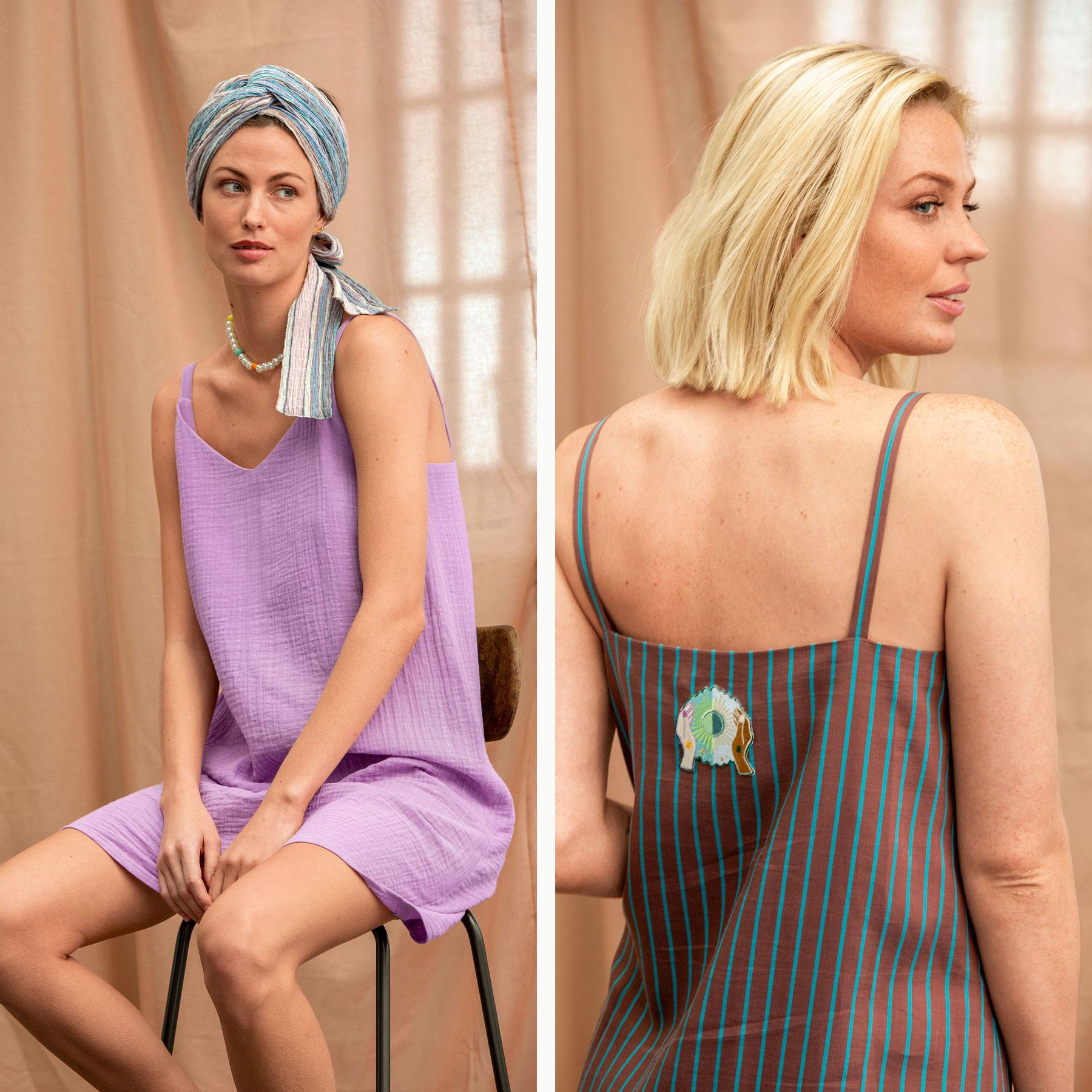
Dress patterns for woven fabrics
Our belted dress has a beautiful A-line cut and elasticated neck and sleeves. You can use a number of different fabrics for this sewing pattern, e.g. woven viscose, seersucker, satin, silk, organza and chiffon.
Simple sewing pattern for a smock dress
Do you prefer smock dresses? The same fabrics are also fantastic for our Baby doll dress, for which we recommend you choose model B or C (model A is one level harder).
Sew your own shirt dress
Or perhaps a shirt dress is just what you need? These boxy dresses are absolutely amazing - e.g. in linen.
Dresses with lovely details
Another option is our ruffled dress, which is ideal in, e.g. woven viscose and seersucker fabrics. Woven viscose is also perfect for our wrap dress together with linen and light denim. Finally, we would like to suggest our gorgeous and spacious dress with pockets, which is also fantastic in the same three fabrics.
Will I need extra fabric?
For the purpose of fabric consumption for your dress, it has already been factored into our sewing patterns that all pattern pieces will face the same way. A description of how to put the pattern pieces on the fabric is included, which means that you avoid puzzling this out for yourself.
This is particularly useful when working with velvet, corduroy and prints with large motifs, as it ensures that the opening and motifs will not end up facing the wrong way round.
A large number of pattern repetitions may therefore require a greater consumption of fabric
If you work with a large number of pattern repetitions - e.g. checks - you can choose to buy extra fabric if there are seams in the middle or middle /back where you wish to adjust the checks. This allows you to ensure that your pattern isn't interrupted on any part of the dress.
The amount of extra fabric you may need will differ from pattern to pattern. In other words, there is no correct answer to how much extra you should buy - but the larger the checks, the greater amount of extra fabric.
You can always ask our customer services or the staff at our stores, who will be able to offer you advice on your unique project.
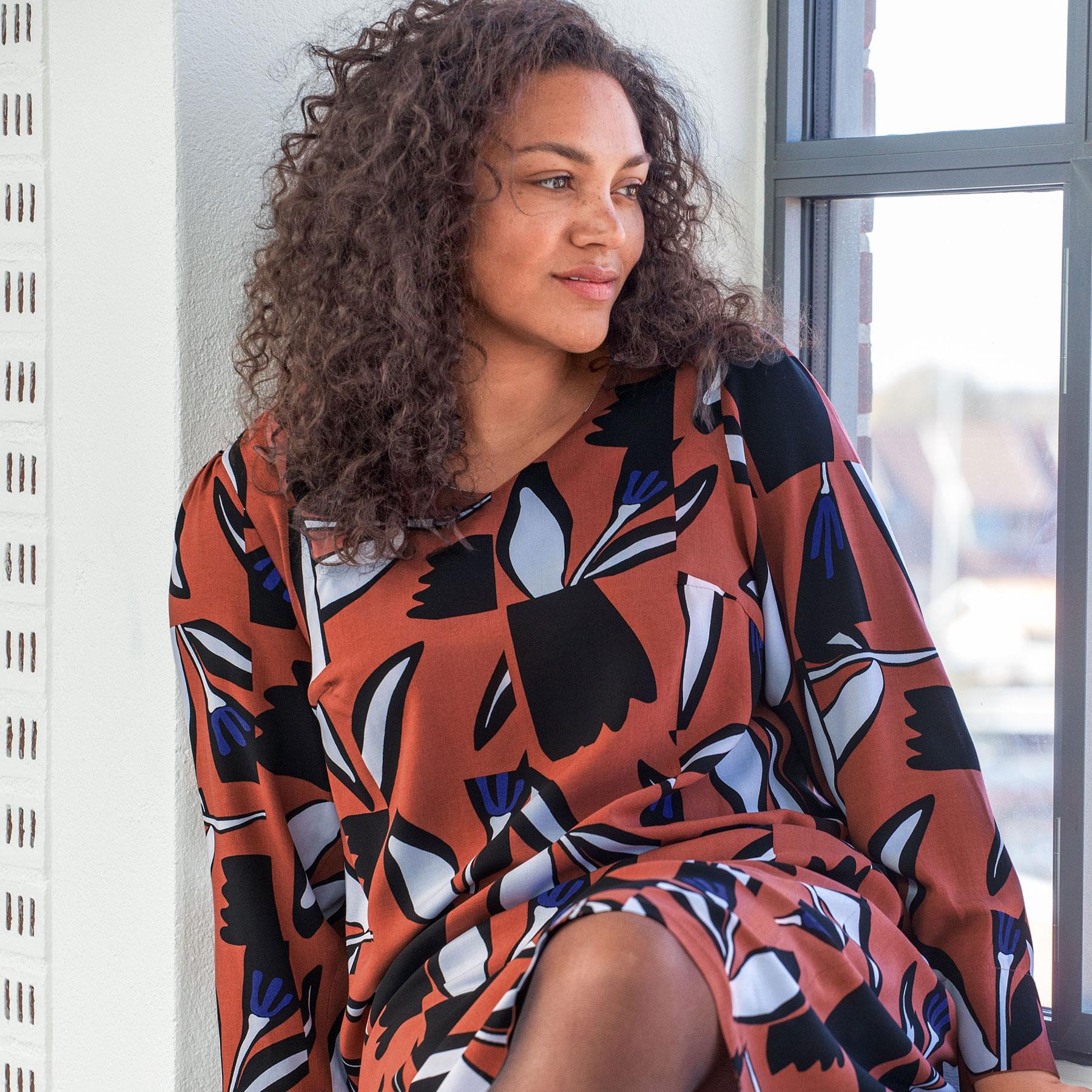
What size should I choose when sewing my own dress?
Sewing pattern sizes are not the same as the sizes for clothing that you buy in stores. It is therefore essential that you measure yourself before buying a sewing pattern or fabric. There can sometimes be a difference of several sizes!
And wouldn't it be major disappointment if the dress that you've spent a lot of time on were way too tight?
Measure yourself before you start sewing your dress
It's always a good idea to compare your body measurements with the sewing pattern. This is particularly relevant when you need to work with woven fabrics that are not stretchable.
Make a sample version with your Selfmade® sewing pattern.
Our pattern pieces are cut out in non-woven patterns. This allows you to sew your pattern pieces together before cutting out pieces of fabric. You should use large stitches to sew the pieces together in order to assess the chest and hip measurement and you can add or take a little away as necessary.
You can also compare measurements with an item of clothing in your wardrobe that fits you well.
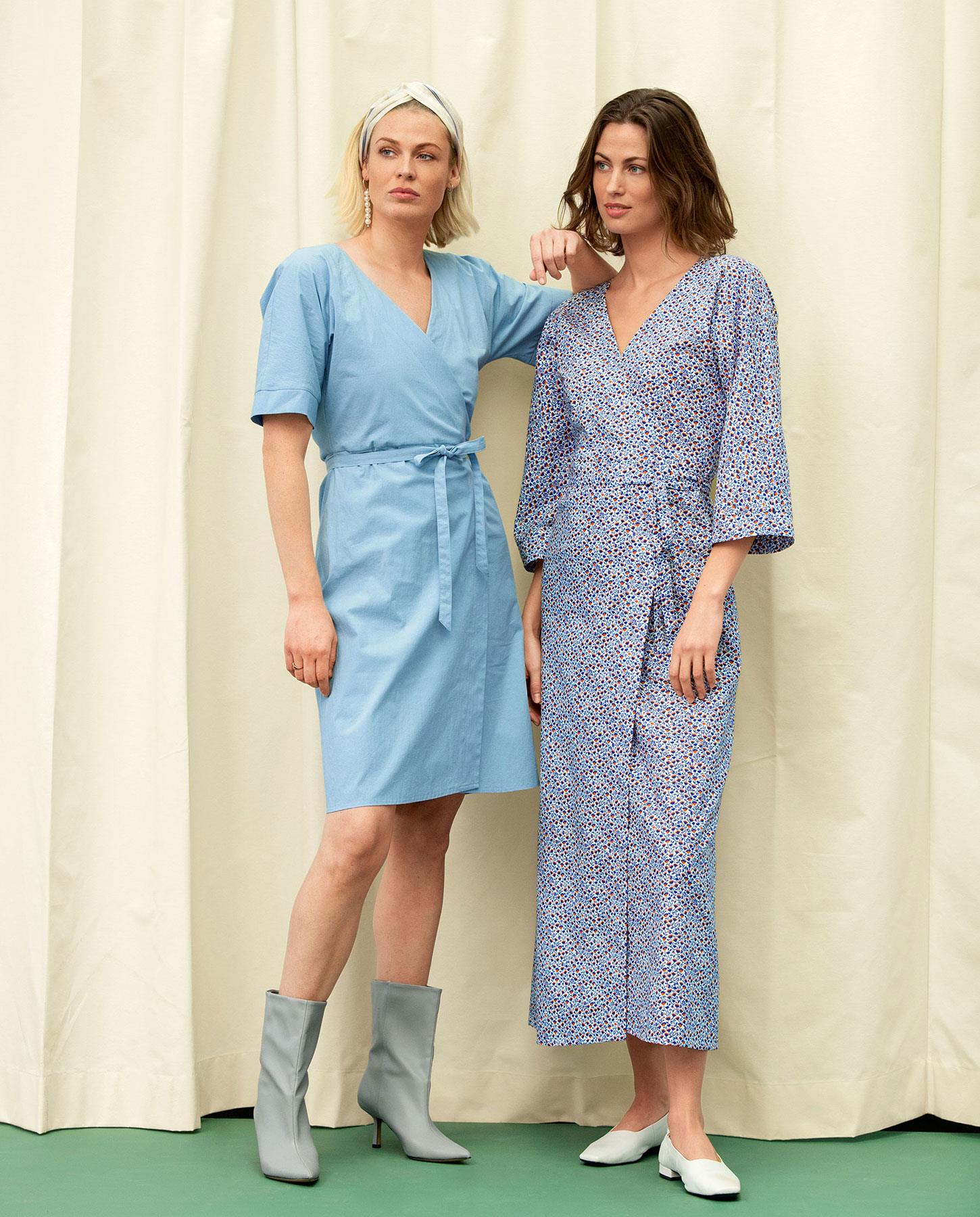
Which cut should I choose?
Perhaps you already have a favourite cut for dresses? Or maybe you think that choosing is too complicated. Because which one would be a good fit for precisely YOUR body type?
Every body is different, and you should be able to sew the type of dress you want.
But will give you the best tips we have anyway: Create a balance between the upper and lower part of the body.
Narrow shoulders, wide hips - and vice versa
If your shoulders are narrower than your hips, you can focus on the shoulders by, e.g. choosing a dress with puff sleeves or a large collar. An A-line dress is also a good choice if your hips are a little wide.
If your hips are narrower than your shoulders, you can sew a dress with a large bottom width that focuses on the lower part of your body - e.g. a smock dress.
Long body, short legs - and vice versa
If you have a long body and short legs and would like to make your legs look longer, you could choose a light waisted dress or wrap dress to accentuate the waist. And if you have a short body and long legs - well, there are virtually no limitations on the number of cuts we can recommend.
The choice of fabric is very important for your dress
Remember that the choice of fabric quality will of course determine how the dress sits on your body. Some fabrics have a lot of hold, while others cling around the body more.
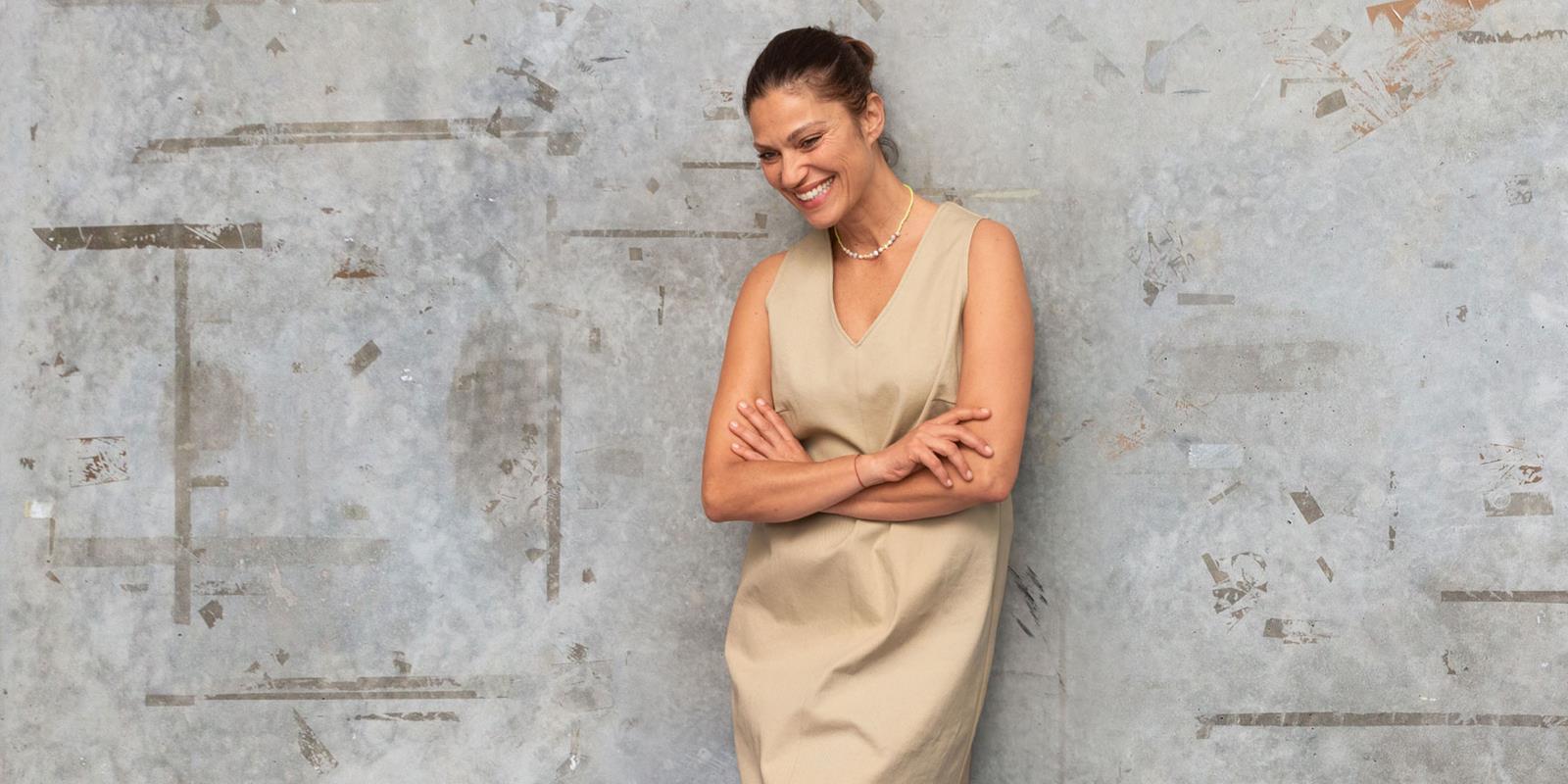
Sew a summer dress
Beautiful sewing patterns for your next summer dress
Dresses in the wardrobe are a winner throughout the year. They are pretty, comfortable - and you can get dressed quickly with one piece of clothing.
However, summer is without doubt the ultimate dress season. Check out these 4 sewing patterns with details that really lend themselves to sunny and warm days:
- Dress in A-line cut with large width, pockets and gorgeous elastic detail on the sleeves (woven viscose, lyocell)
- Design-yourself-dress, which can be put together in no less than 8 different ways (woven viscose, satin, lyocell)
- Draped dress (size 46-60), which has short sleeves and the most beautiful summer cut (woven viscose, jersey, lyocell)
- Dress with back detail and beautiful balloon sleeves (seersucker, linen, tapestry, lyocell)
We have prepared a detailed Creative guide for you, in which you can read more about how to sew your own summer dress. You can find our guide to summer dresses here.
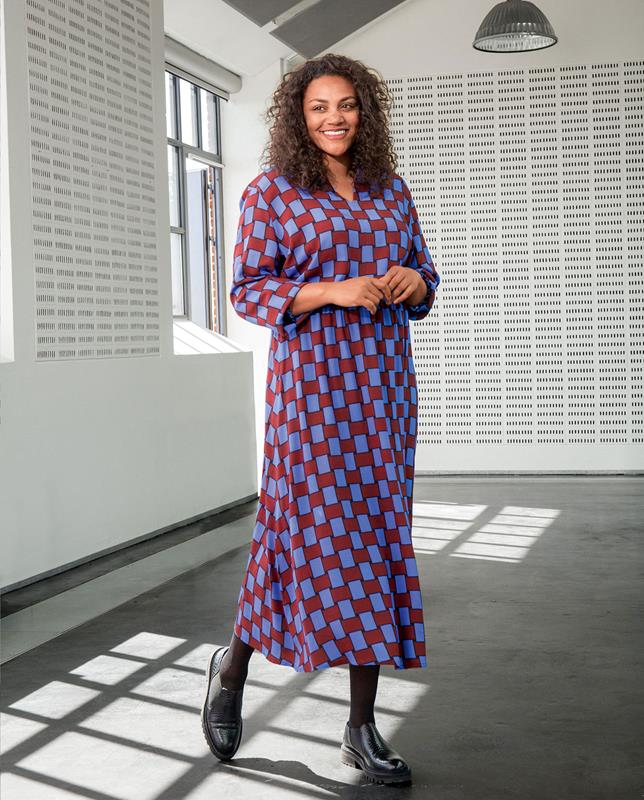
More inspiration, free pattern adaptations and sewing techniques
Freestyle to your heart’s content and create a unique dress
We are always on standby to provide even more inspiration when its time sew your own dress! If you are brave enough to freestyle a little, you can explore our free DIY's with pattern adaptations.
Here you can, e.g. create feminine ruffled edges on your dress straps or turn your dress into a maxi dress. You will find all of our free DIY's here, just as you can see ALL of our sewing patterns for dresses and skirts here.
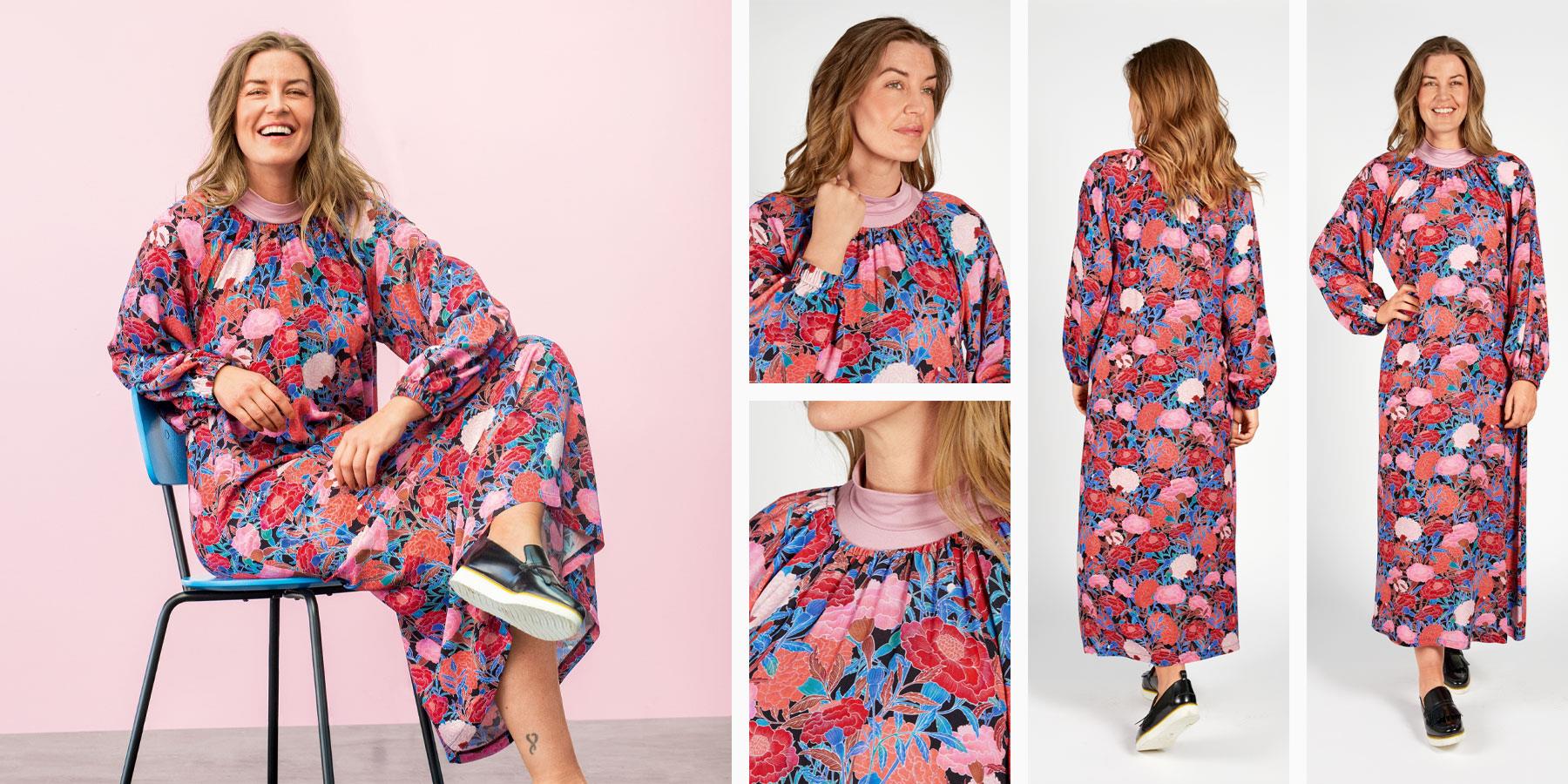
Share your dress with us!
Unleash your creativity
We would love to follow the process when you sew your own dress - and, of course, see your finished product. Therefore, please post your dress on Instagram and tag us with #selfmadecreators – or tag @selfmade_com!
This would allow both us, and others, to find inspiration in your project, and you in theirs.
Unleash your creativity!
